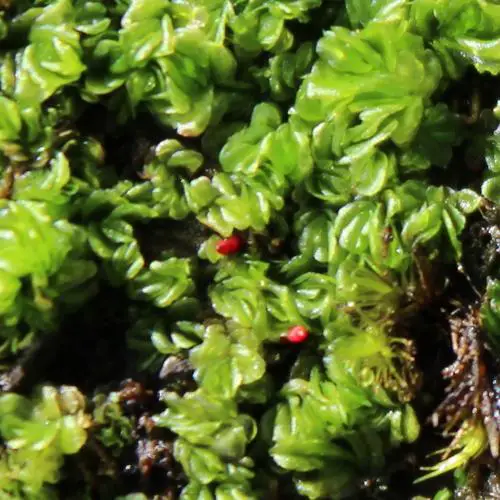
medium.JPG from: https://www.inaturalist.org/taxa/132674-Neckera-pennata
Introduction
Prepare to embark on a captivating journey into the realm of Neckera Hedw., a remarkable moss species that belongs to the Neckeraceae family. Often referred to simply as Neckera, this unassuming yet fascinating plant has captured the hearts and minds of bryologists and nature enthusiasts alike. Brace yourself for an immersive exploration of this extraordinary moss, where we’ll unravel its secrets and unveil the wonders that make it a true marvel of the natural world.
Background
Before we delve into the intricacies of Neckera Hedw., it’s essential to understand the broader context in which it thrives. Bryophytes, a diverse group of non-vascular plants that includes mosses, liverworts, and hornworts, have been around for millions of years, predating even the earliest vascular plants. These resilient organisms have played a crucial role in shaping our planet’s ecosystems, serving as pioneers in the colonization of terrestrial environments and paving the way for more complex plant life to flourish.
Main Content
Morphology and Identification
Neckera Hedw. is a pleurocarpous moss, meaning its stems grow horizontally along the substrate, with the leaves arranged in a feather-like pattern. Its vibrant green hue and delicate, feathery appearance make it a true delight to behold. One of the most distinctive features of this moss is its undulate leaves, which appear wavy or rippled along the margins. This unique characteristic, combined with its complanate (flattened) growth habit, makes Neckera Hedw. relatively easy to identify in the field.
Global Distribution and Habitat
Neckera Hedw. is a cosmopolitan species, found on every continent except Antarctica. It thrives in a wide range of habitats, from temperate forests to tropical rainforests, and can be found growing on tree trunks, rocks, and even soil. This moss is particularly fond of moist, shaded environments, where it can take advantage of the consistent humidity and protection from direct sunlight.
Ecological Roles and Adaptations
Despite its diminutive size, Neckera Hedw. plays a vital role in its ecosystem. As a pioneer species, it helps to stabilize and enrich the soil, creating favorable conditions for other plants to establish themselves. Additionally, this moss serves as a microhabitat for a diverse array of invertebrates, providing shelter, food, and breeding grounds for countless tiny creatures.
One of the remarkable adaptations of Neckera Hedw. is its ability to withstand desiccation. During periods of drought, the moss can enter a state of dormancy, curling up its leaves and slowing down its metabolic processes. Once moisture returns, it quickly revives, showcasing its incredible resilience and ability to thrive in challenging environments.
Case Studies/Examples
In the lush rainforests of Costa Rica, Neckera Hedw. can be found adorning the trunks of towering trees, creating a verdant tapestry that adds depth and texture to the forest floor. Similarly, in the temperate woodlands of Europe, this moss carpets the bases of ancient oaks and beeches, providing a vibrant contrast to the muted tones of the bark.
Technical Table
| Characteristic | Description |
|---|---|
| Phylum | Bryophyta |
| Class | Bryopsida |
| Order | Hypnales |
| Family | Neckeraceae |
| Genus | Neckera |
| Growth Form | Pleurocarpous |
| Leaf Arrangement | Complanate |
| Leaf Margin | Undulate |
Conclusion
As we bid farewell to the captivating world of Neckera Hedw., we are left with a profound appreciation for the intricate beauty and resilience of these unassuming plants. This moss serves as a reminder that even the smallest and most overlooked organisms can play vital roles in the intricate tapestry of life on our planet. Ponder this: If such wonders can be found in a humble moss, what other marvels await discovery in the vast expanse of nature’s domain?